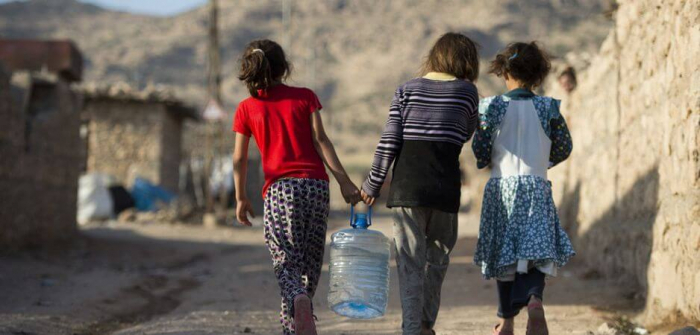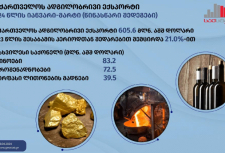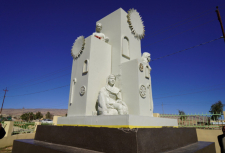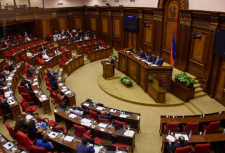The situation of the Yezidi population in the report of the Norwegian Refugee Council

In addition to conflicts and security, there are two other decisive factors on issues of stability in the Sinjar region, where the Yezidi population lives. Firstly, it is an economic situation where there are very few employment opportunities, and secondly, the provision of basic services and the start of restoration work.
A report published by the Norwegian Refugee Council in May 2022 states that widespread destruction, security, and social tensions are preventing about two-thirds of the Yezidi residents of Sinjar from returning to their homes, while noting that 99% of those whose homes were damaged and who submitted requests for compensation by the government, compensation is still pore has not been received. The report added that "about 193,000 people, including Yazidis, Arabs and Kurds, are still living in the displaced situation."
Note, in the report, the Yezidis were mentioned as a people (ethnic, religious, national minority) separately from the Kurds.
The report indicates that recent clashes have displaced more than 10,260 people, most of whom have survived wars and ethnic cleansing, because of which the surviving Yezidis have had to become refugees and displaced persons two or three times already. As a result of a survey of the opinions of 1,500 displaced persons regarding the assessment of the readiness of displaced persons to return, it was revealed that 64% of them stated that their homes had suffered significant damage (not subject to restoration), and 32% expressed concern about the security situation.
Leila Kassem, a displaced Yezidi woman from Dahuk, whose house in Sinjar was destroyed, says: "Most of the residents of Sinjar are poor and cannot rebuild their destroyed homes, and the government has not paid them compensation. Officials in Nineveh openly declare that they do not have the finances to pay compensation to the Yezidi population."
Where did hundreds of millions of dollars of humanitarian and financial aid for the restoration of Shangal (Sinjar) sent by European countries and the United States go, is still a question.
Dengê Êzdiyan
Tags: #yazidisinfo #aboutyazidis #newsyazidis #genocideyazidis #humanrights
The situation of the Yezidi population in the report of the Norwegian Refugee Council

In addition to conflicts and security, there are two other decisive factors on issues of stability in the Sinjar region, where the Yezidi population lives. Firstly, it is an economic situation where there are very few employment opportunities, and secondly, the provision of basic services and the start of restoration work.
A report published by the Norwegian Refugee Council in May 2022 states that widespread destruction, security, and social tensions are preventing about two-thirds of the Yezidi residents of Sinjar from returning to their homes, while noting that 99% of those whose homes were damaged and who submitted requests for compensation by the government, compensation is still pore has not been received. The report added that "about 193,000 people, including Yazidis, Arabs and Kurds, are still living in the displaced situation."
Note, in the report, the Yezidis were mentioned as a people (ethnic, religious, national minority) separately from the Kurds.
The report indicates that recent clashes have displaced more than 10,260 people, most of whom have survived wars and ethnic cleansing, because of which the surviving Yezidis have had to become refugees and displaced persons two or three times already. As a result of a survey of the opinions of 1,500 displaced persons regarding the assessment of the readiness of displaced persons to return, it was revealed that 64% of them stated that their homes had suffered significant damage (not subject to restoration), and 32% expressed concern about the security situation.
Leila Kassem, a displaced Yezidi woman from Dahuk, whose house in Sinjar was destroyed, says: "Most of the residents of Sinjar are poor and cannot rebuild their destroyed homes, and the government has not paid them compensation. Officials in Nineveh openly declare that they do not have the finances to pay compensation to the Yezidi population."
Where did hundreds of millions of dollars of humanitarian and financial aid for the restoration of Shangal (Sinjar) sent by European countries and the United States go, is still a question.
Dengê Êzdiyan
Tags: #yazidisinfo #aboutyazidis #newsyazidis #genocideyazidis #humanrights

























